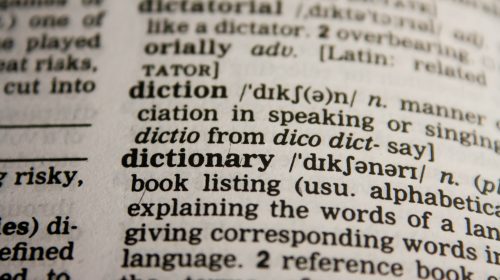In the realm of tax codes, one often encounters the D1 tax code, a significant aspect of the UK tax system. Understanding its implications is vital for both employees and employers alike. This article delves into the practical aspects of the D1 tax code, elucidating its relevance and providing actionable insights for those affected by it.
What is the D1 Tax Code?
Like all tax codes, the D1 tax code might sound like something from a puzzling world of secret codes, but it’s actually quite straightforward. It’s essentially a label used by HM Revenue and Customs (HMRC) to work out how much tax you owe. Picture it as a marker that helps HMRC understand your tax situation.
Unlike other tax codes such as BR or 1257L, which are more commonly seen, D1 is a bit rarer. It usually crops up when you’ve got more than one job or pension, and your total income exceeds the tax-free allowance.
So, what does being on the D1 tax code mean for you? Well, it means you’re not getting any tax-free allowance on your earnings. In simple terms, you’re paying tax on everything you earn, with no deductions. This can significantly reduce the amount of money you take home, which might come as a bit of a shock if you’re not expecting it.
To check if you’re on the D1 tax code, take a peek at your payslip. If you spot ‘D1’ next to your tax code, that’s a bit of a warning sign. But don’t panic just yet – there are steps you can take to sort things out, which we’ll cover shortly.
Implications for Employees
If you find yourself on the D1 tax code, it means your take-home pay might be taking a bit of a hit. Why? Because you’re not getting any tax-free allowance on your earnings. In other words, you’re shelling out tax on everything you earn, without any deductions.
This can have a noticeable impact on your finances, as it means you’re likely to be left with less money in your pocket each month. And let’s face it, that’s never a fun situation to be in.
So, how do you know if you’re on the D1 tax code? Easy – just take a quick look at your payslip. If you spot ‘D1’ next to your tax code, it’s time to investigate further. But don’t worry too much – there are steps you can take to try and get things sorted out, which we’ll talk about next.
Implications for Employers
Employers play a crucial role in the tax affairs of their employees, including ensuring they’re on the right tax code. If they mistakenly put someone on the D1 tax code when they shouldn’t be, it can lead to issues for both the employee and the employer.
One common scenario where employers might use the D1 tax code is when an employee has multiple jobs or pensions, and their total income exceeds the tax-free allowance. However, it’s vital for employers to double-check and ensure they’re applying the correct tax code to each employee.
Incorrectly assigning the D1 tax code can cause problems down the line. It can result in employees paying more tax than they should, leading to dissatisfaction and potentially even legal issues. Additionally, it could reflect poorly on the employer’s reputation and cause difficulties in retaining talent.
To avoid these issues, employers should have robust processes in place to accurately determine and apply the correct tax code for each employee. This might involve regular reviews of employees’ tax statuses and seeking advice from HMRC or professional tax advisors if necessary. By taking proactive steps to ensure compliance with tax regulations, employers can help prevent problems related to incorrect tax codes and maintain a positive working relationship with their employees.
Navigating the D1 Tax Code
If you find yourself on the D1 tax code and suspect it’s a mistake, don’t fret. There are steps you can take to address the situation.
Firstly, it’s essential to communicate with your employer or HR department. They can help verify your tax code and rectify any errors that may have occurred. Sometimes, a simple oversight or misunderstanding can lead to being placed on the D1 tax code incorrectly.
Additionally, you can reach out directly to HM Revenue and Customs (HMRC) for assistance. They have dedicated support channels to help individuals with their tax queries and concerns. By explaining your situation to HMRC, they can review your tax code and make any necessary adjustments.
It’s crucial to stay proactive and vigilant about your tax affairs. Regularly check your payslips to ensure your tax code is correct and address any discrepancies promptly. By staying informed and taking action when needed, you can ensure you’re paying the correct amount of tax and avoid any unnecessary financial strain.
Conclusion
The D1 tax code might seem like a mysterious code from a spy movie, but it’s a real part of the UK tax system that can have a significant impact on both employees and employers. By understanding what the D1 tax code is and how it works, you can ensure you’re not paying more tax than you need to and avoid any potential issues down the line. If you’re ever unsure about your tax code or have any questions, don’t hesitate to seek professional advice.




